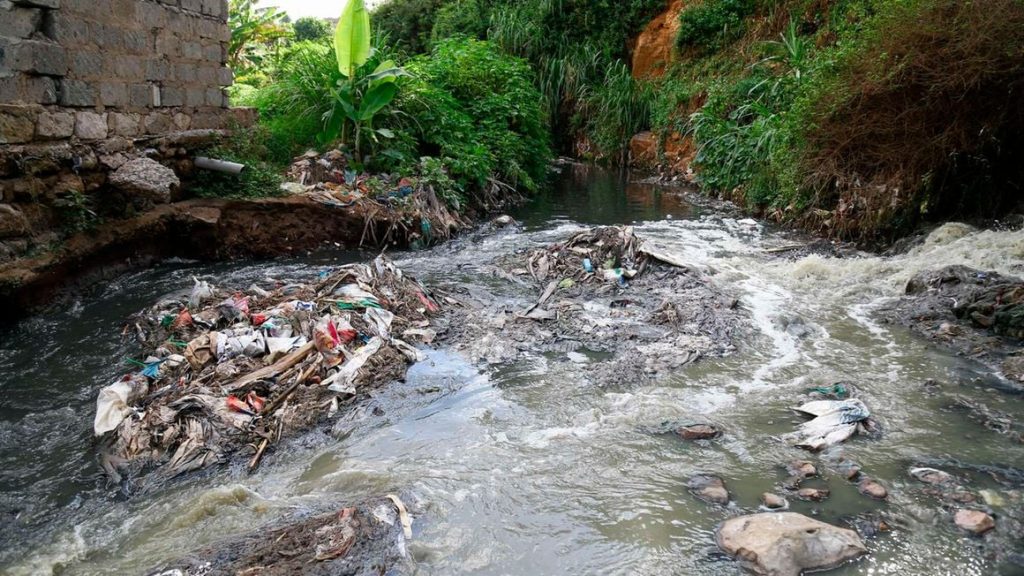Sub-Saharan Africa is quickly becoming a hotspot for surface water pollution, which presents significant risks to the region’s already strained water resources, according to a recent warning from the United Nations. The issue is not isolated to Africa; around 90 countries, primarily in Africa, Central Asia, and Southeast Asia, are grappling with the degradation of one or more freshwater ecosystems.
As the population in Sub-Saharan Africa grows and economies develop, the pressure on water bodies has intensified. This stress has led to the degradation of water-related ecosystems, with pollution, dam construction, land conversion, excessive water extraction, and climate change being the primary drivers, as highlighted in the UN’s latest progress report on Clean Water and Sanitation for All.
Many nations in the region are struggling to meet Sustainable Development Goal (SDG) 6.6.1, which tracks changes in water-related ecosystems over time. According to the UN’s 2024 mid-term report, over 60% of countries in Sub-Saharan Africa, as well as Central and Southeast Asia, are facing declining freshwater ecosystems.
Since the year 2000, Sub-Saharan Africa has seen a worrying increase in ecosystem degradation, with 30% more countries now reporting deterioration in at least one water-related indicator compared to two decades ago. This trend reflects the growing challenge the region faces in managing its water resources sustainably.
Climate change has compounded these issues, with rising temperatures and shifting rainfall patterns contributing to water loss in Northern, Sub-Saharan, and Southern Africa. Droughts and other extreme weather events have further depleted the region’s permanent water sources.
Despite the emergence of new water pollution hotspots, driven by agricultural expansion and population growth, Sub-Saharan Africa lacks adequate capacity to monitor and manage these risks effectively. The region’s limited resources for tracking water quality and pollution mean that the full extent of the problem may be underestimated.
In contrast, other regions such as North America, Europe, and parts of Asia are seeing a net increase in permanent water sources, largely due to the construction of reservoirs. However, this global progress in some areas does little to alleviate the growing concerns in Sub-Saharan Africa, where water ecosystems continue to face mounting threats.





























